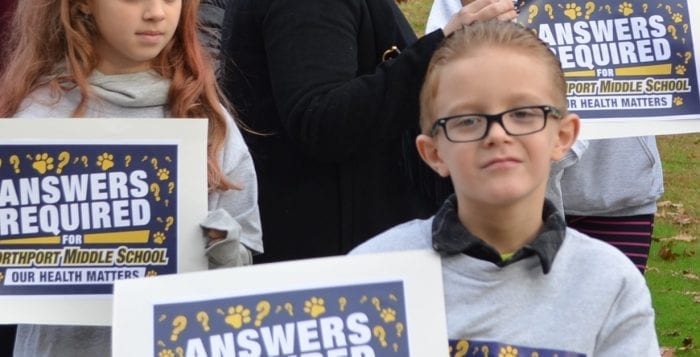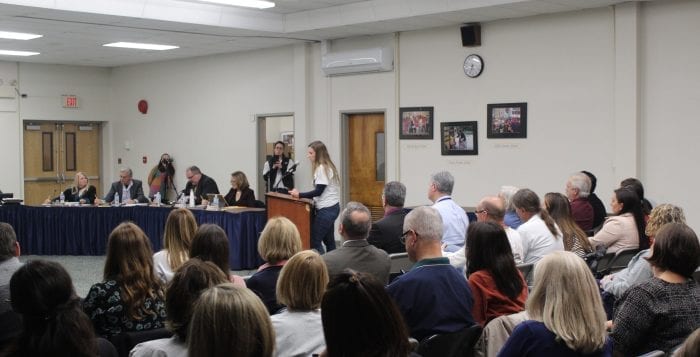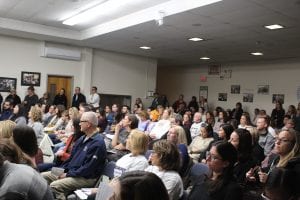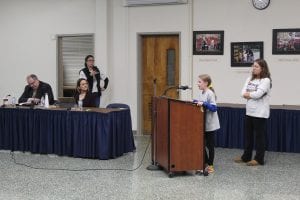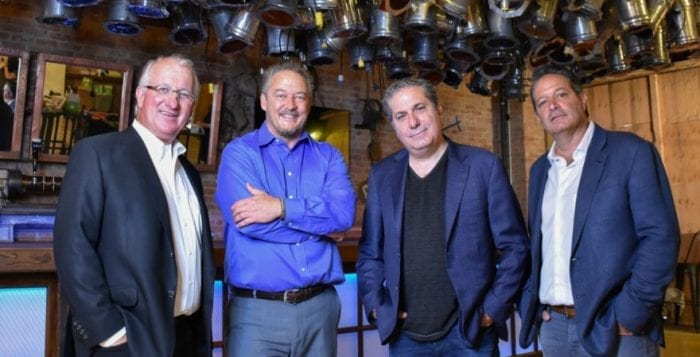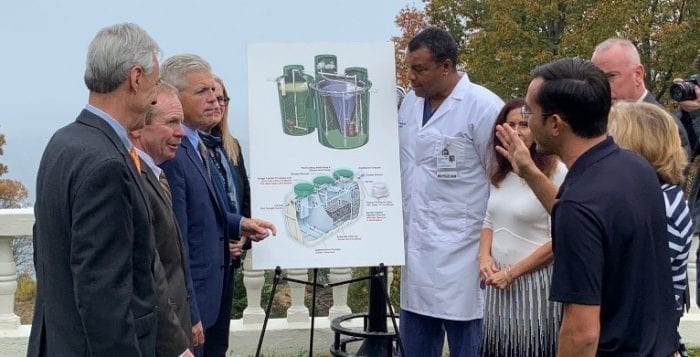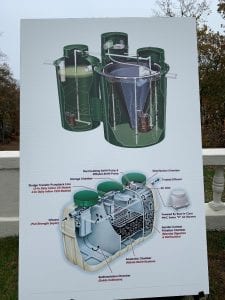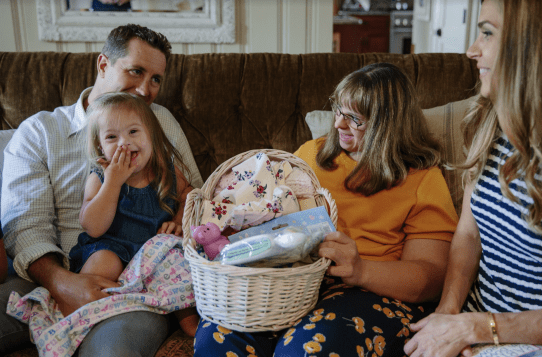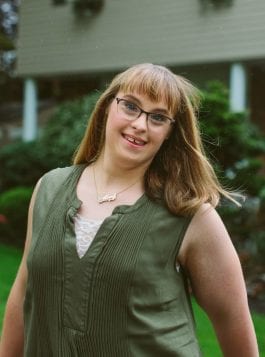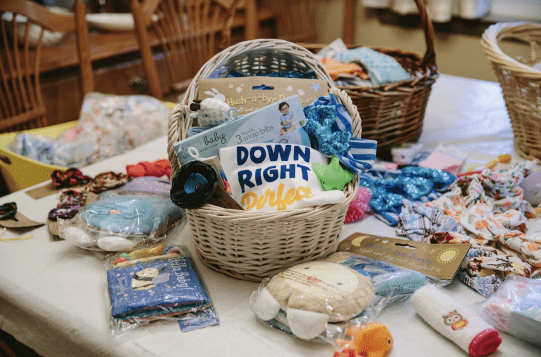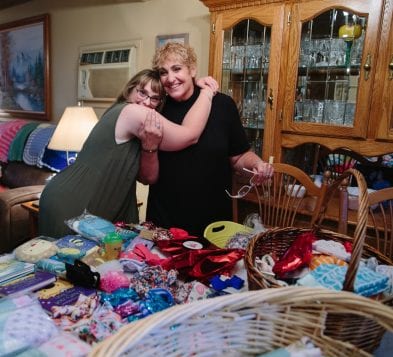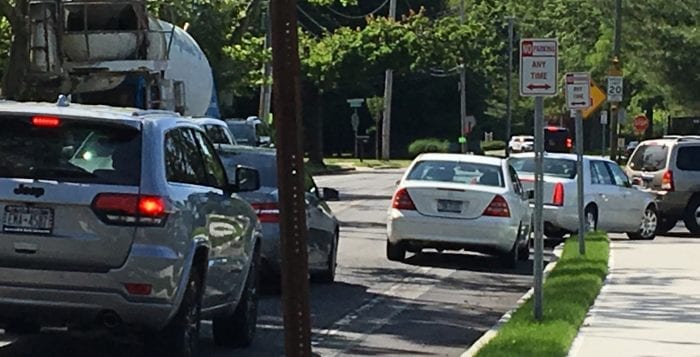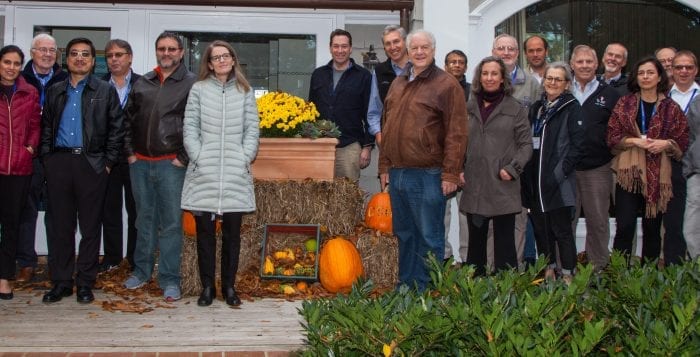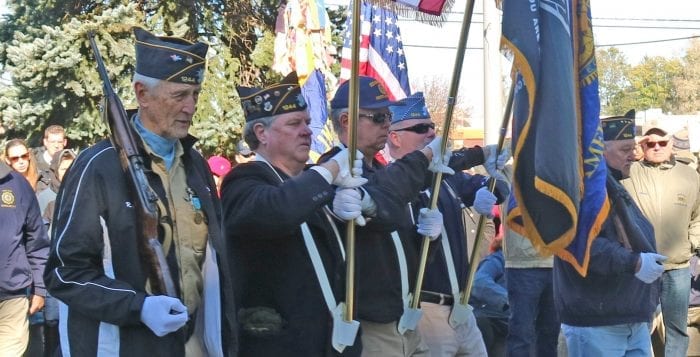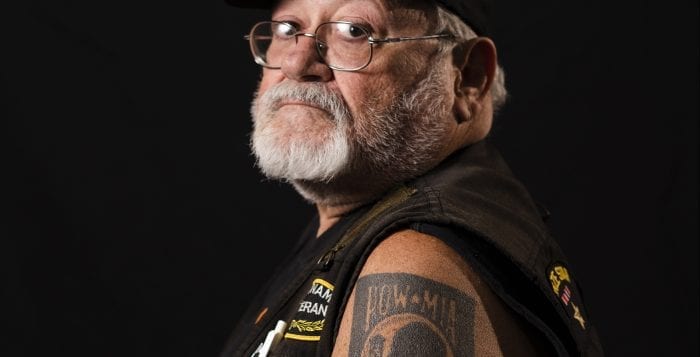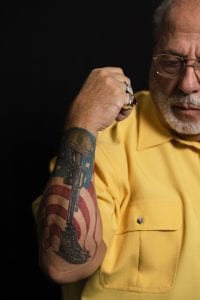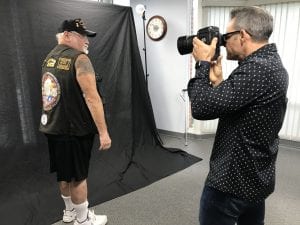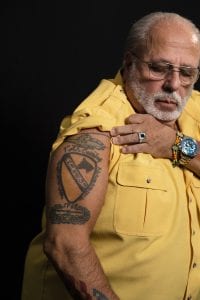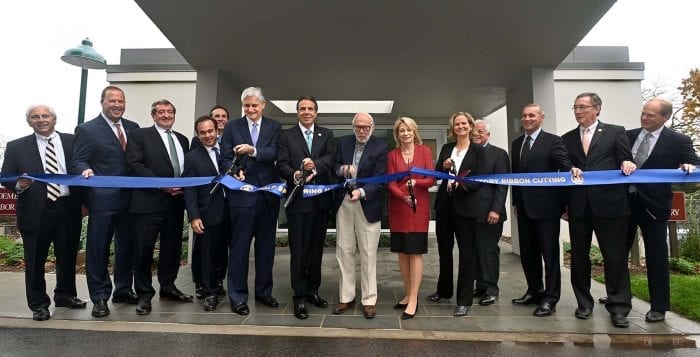On the sidewalk in front of the Northport Middle School on Thursday, Nov. 7, protesters held up signs as the morning traffic passed by.
“Answers Required,” their posters and T-shirts read.
As people shared their personal stories with reporters, it became evident that something is awry with many community members clearly lacking a peace of mind.
As the district attempts to address all of the concerns, it’s still unclear who or what government agencies or which experts will give them all the answers to all the questions that they are looking for. The district, town, county and state all have different areas of expertise and have also contacted outside authorities.
“My son was diagnosed with testicular cancer at age 20,” said Lawrence Belk. “Within 18 months of his diagnosis in 2009, we learned that two other students were also diagnosed with the disease.”
Belk also said that he has coached soccer and “half of the kids use nebulizers.”
The district reports that the school’s air quality tests normal.
Several parents during the sickout said that their child has been diagnosed with carboxyhemoglobin, an ailment caused by carbon monoxide exposure from auto exhaust and cigarette smoke exposure.
Small amounts of carbon monoxide exposure can dramatically reduce the blood’s ability to transport oxygen, according to the Centers for Disease Control and Prevention website. Common conditions induced by carbon monoxide exposure include headaches, nausea, rapid breathing, weakness, exhaustion and confusion.
The district uses the site as its bus depot and stores bus fuel in two underground 4,000-gallon diesel tanks, according to former board member Tammie Topel. Inspection information on the tanks are the responsibility of Suffolk County, according the New York State’s Department of Environmental Conservation press officer.
The county’s report on the tanks were unavailable before press time. The district did not say if the building is constantly monitored for carbon monoxide.
Several parents with children with carboxyhemoglobin said that their requests to be relocated for health reasons were denied because the districts air tests did not detect unsafe carbon monoxide levels.
“Brown water came out of the water fountain,” said student Lucas Yule.
The district said the discoloration was caused by an iron buildup. Yule’s mother Tracy Muno said that the school sent home a letter explaining that it was flushing out its drinking water pipes.
Yule also attended classes in the K wing, where foul odors were most recently reported.
“It smelled like puke,” he said.
Other people complained that the building smells like mold the minute you walk in the front door. The hallways in the school are known to flood.
A letter dated Aug. 17, 2018, from New York State to the district superintendent has identified the chemical pesticide chlordane, which was banned 30 years ago, around the buildings perimeter. The state concluded, based on information from 2000, that it did not adversely impact air quality inside the school. Though two dust samples on windowsills in classrooms detected it in “low levels,” subsequent cleanings eliminated the chemical found on the windowsill.
As previously reported [“Northport Families Plan ‘Sickout’ in Protest,” The Times of Huntington, Nov. 7], parents have identified 18 children diagnosed with leukemia, lymphoma and aplastic anemia in the last 10 years. Former teachers have surveyed former staff and found 33 with cancer.
A state public health assessment on the Northport Middle School was requested by Assemblyman Raia. State health officials could only confirm that a study requested in spring of 2019, is being conducted on recent Northport High School graduates. The health department also stated in an email that community members are welcome to contact the Department at 518-473-7817, or via email at [email protected] to discuss their concerns and provide detailed information.
The district said that it understands how issues surrounding environmental matters are unsettling. Since all testing has indicated that the building is safe, the district said in a letter to parents that its subcommittee will address the more important task of bringing people together.
The district did not return phone calls and email inquiries about hallways flooding and the relocation of the districts bus depot.

